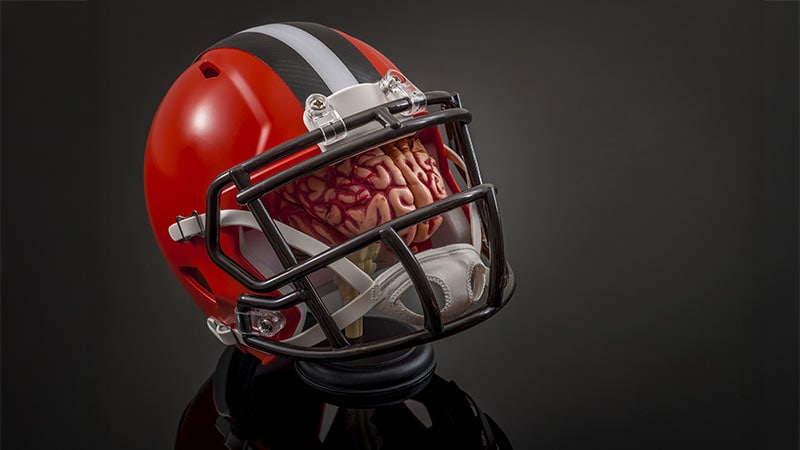[ad_1]
TOPLINE:
Changes in the brain, including reduced blood flow and altered white matter, can persist for up to a year after medical clearance for sports-related concussion in young adults, a new study showed.
METHODOLOGY:
- Researchers enrolled 187 healthy university-level athletes from multiple sport teams without a history of psychiatric, neurologic, or sensory-motor conditions at baseline.
- Twenty-five athletes who later experienced concussion (mean age, 20.3 years; 56% men) were compared with 27 demographically-matched uninjured athletes (mean age, 19.7 years; 44% men).
- MRI data were collected at preseason baseline, 1-7 days after injury, medical clearance to return to play, and 1-3 months and 1 year after return to play.
- Image analysis included measures of cerebral blood flow (CBF), white matter mean diffusivity (MD), and fractional anisotropy (FA).
TAKEAWAY:
- At return to play, athletes with concussion had significantly decreased CBF in the bilateral insular, orbitofrontal, temporal, and parietal regions (mean difference, −8.97 mL/100 g/min; P <.001), as well as increased MD (mean difference, 1.94 × 10⁻5; P <.001) and FA (mean difference, −7.30 × 10⁻≥; P <.001) in the left corona radiata and internal capsule.
- All MRI parameters showed persistent effects beyond return to play, although only CBF changes exceeded longitudinal variability in the control group.
- The median time to full clinical recovery was about 3 weeks. Participants with longer recovery periods had significantly greater changes in the medial temporal CBF.
IN PRACTICE:
“The presence of significant, long-lasting brain changes after injury reinforces concerns about the consequences of repeated concussions and to what extent these effects accumulate over time,” the investigators wrote.
The authors of an accompanying editorial wrote, “Following these findings, alternatives to facilitate clinical implementation of subclinical detection of neural alteration should be developed.”
SOURCE:
This study was led by Nathan W. Churchill, PhD, St. Michael’s Hospital, Toronto, Ontario, Canada. The editorial was led by Aurore Thibaut, GIGA Institute, University of Liege, Liege, Belgium. Both papers were published online on March 12 in Neurology.
LIMITATIONS:
The study was limited by longitudinal data loss, particularly 1 year after return to play. Some clinical data were missing or could not be analyzed over the full sample because of different test versions. Additionally, the study included only young athletes with concussion, limiting its generalizability to other populations.
DISCLOSURES:
This study was funded by the Canadian Institutes of Health Research. The investigators and editorialists reported no relevant conflicts of interest.
This article was created using several editorial tools, including AI, as part of the process. Human editors reviewed this content before publication.
[ad_2]
Source link : https://www.medscape.com/viewarticle/sports-injury-brain-changes-persist-after-medical-clearance-2025a100084y?src=rss
Author :
Publish date : 2025-04-04 09:57:00
Copyright for syndicated content belongs to the linked Source.
